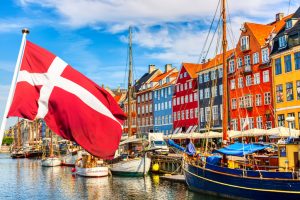Construction of a 19,000m2 facility at its site in Copenhagen is the latest example of the CDMO’s growth strategy.
In February 2017, Japan’s AGC Asahi Glass (AGC) acquired CMC Biologics, a contract development and manufacturing organization (CDMO) with facilities in Seattle, Washington, and Copenhagen, Denmark.
Later that year, the firm rolled out an expansion at the Danish site adding five 2,000 L single-use bioreactors to be run in single unit operations or in unison.

Image: iStock/nantonov
In 2018, the CDMO – now rebranded together with another acquisition Biomeva as AGC Biologics – announced a further six 2,000 L single-use bioreactors would be added at the Copenhagen site. And last year, a purification line was installed as part of an $18 million global investment, considerably boosting production efficiency at the site.
Now AGC Biologics has announced a further investment in Denmark, ploughing €160 million ($192 million) to construct a facility adjacent to its current site boasting production floors with 2,000L single-use bioreactors, labs and office space.
Once operational in 2023, the facility will double the current capacity at the site, the firm has said.
“We are continuously looking for ways to expand and extend our capabilities and capacities for our current and future customers,” said CEO Patricio Massera. “This significant expansion of the capacity of our Copenhagen facility will further strengthen our ability to meet the needs of our customers across our global network.”
It’s not just in Denmark where AGC Biologics has been expanding. Following the acquisitions of CMC and Biomeva, the Seattle site has also benefitted from increased investment. Meanwhile, the CDMO entered the plasmid DNA space through an expansion at its site in Heidelberg, Germany. And in June, the CDMO paid $100 million to acquire the former AstraZeneca facility in Boulder, Colorado.
Most recently, the CDMO acquired Molecular Medicine (MolMed) for €240 million, increasing its presence in the CDMO space and adding a pipeline of cell and gene therapy candidates.
